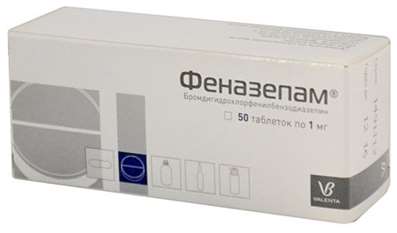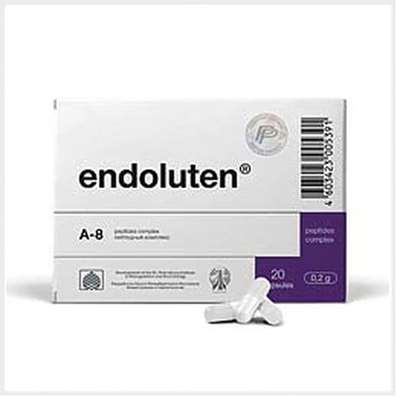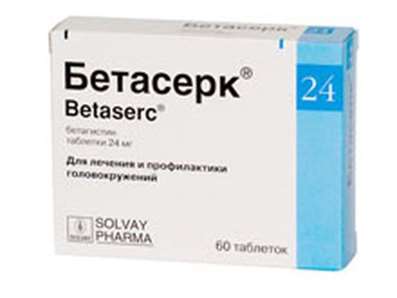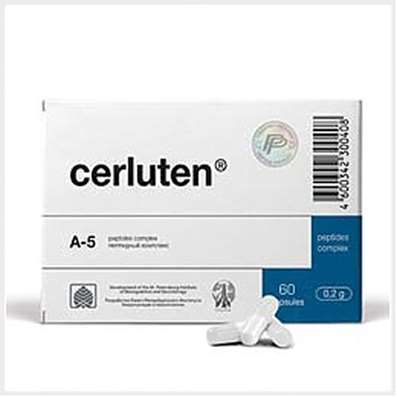Instruction for use: Larnamin
I want this, give me price
Active substance Ornithine
ATX code A05BA Preparations for the treatment of liver diseases
Pharmacological group
Proteins and amino acids
Hepatoprotectors
Nosological classification (ICD-10)
E46 Protein-energy deficiency, unspecified
Malnutrition, Unbalanced nutrition, Period of intensive growth, The period of intensive growth and development, Oral nutrition, Alimentary dystrophy, Alimentary infectious dystrophy, Protein deficiency, Protein starvation, Protein-calorie deficiency, Protein-energy deficiency, Feeding premature babies, Severe protein deficiency, Nursing premature babies, Hypotrophy, Hypotrophy in children, Protein deficiency, Dystrophy, Dystrophy of newborns, Additional parenteral nutrition, Additional source of amino acids, An additional source of essential amino acids, Probe or oral feeding, Probe feeding, Enteral probe nutrition, Altered Protein Metabolism, Violation of protein anabolism, Disruption of protein metabolism, Protein metabolism disorders, Amino acid deficiency, Protein deficiency, Lack of essential amino acids, Protein malnutrition, Malnutrition during the period of intensive growth, Low protein in the diet, Normalization of amino acid balance disorders
E72.2 Disruption of the urea cycle metabolism
Argininemia, Arginine Succinatemia, Hyperammonemia, Ornithine transcarbamylase deficiency, Urea cycle enzyme deficiency, Citrullinemia
K72 Hepatic insufficiency, not elsewhere classified (including hepatic coma)
Insufficiency of the liver-cell, Pronounced hepatic encephalopathy, Coma hepatic, Latent hepatic encephalopathy, Insufficiency of the liver, Hepatic coma, Hepatic coma and precoma, Hepatic encephalopathy, Development of hepatic impairment, Encephalopathy of the liver, Inflammatory liver disease, Gepatargy, Encephalopathy portosystemic, Hepatocellular insufficiency, Hepatic precoma and coma, Portal-systemic encephalopathy
K76.9 Liver disease, unspecified
Change in liver function in heart failure, Restoration of impaired liver function, Severe liver function disorders, Hepatitis, Hepatosis, Hepatopathy, Liver dysfunction, Diseases of the liver, Impaired liver function, Dysfunction of the liver, Infringements of function of a liver of an inflammatory etiology, Functional liver failure, Functional disorders of the liver, Chronic liver disease, Chronic diffuse liver disease, Enterogenic diseases of the gallbladder and liver
Composition
Concentrate for solution for infusion 1 ml
active substance:
L-ornithine L-aspartate 500 mg
excipients: water for injection - up to 1 ml
pharmachologic effect
Pharmacological action - hypoazotemic.
Dosage and administration
In / in the drip. The contents of the ampoules are mixed with 500 ml of infusion solution (0.9% sodium chloride solution, 5% dextrose solution (glucose) or Ringer's solution).
Adults. The average therapeutic dose is 20 g / day ornithine. In case of hepatic encephalopathy (depending on the severity of the condition), up to 40 g / day of ornithine is injected / in. It is recommended to dissolve no more than 30 g of ornithine in 500 ml of infusion solution. The maximum infusion rate is 5 g / h ornithine.
The duration of drug therapy is determined in each case individually, based on the pathologists and the severity of the patientís condition.
For severely impaired liver function, strict monitoring of the patientís condition and correction of the rate of administration of the drug are needed to prevent the development of nausea and vomiting.
Release form
Concentrate for solution for infusion, 500 mg / ml. In dark glass ampoules with a kink or break point, 10 ml. On the ampoules are glued paper labels self-adhesive. 5 or 10 amp. in a pack with corrugated tabs made of cardboard. 5 amp. in a blister of PVC film. 1 or 2 bl. with ampoules in a pack of cardboard.
Pharmacy sales terms
On prescription.
Storage conditions
At temperatures not above 25 į C.
Keep out of the reach of children.
Shelf life
2 years.
Do not use after the expiration date printed on the package.

 Cart
Cart





